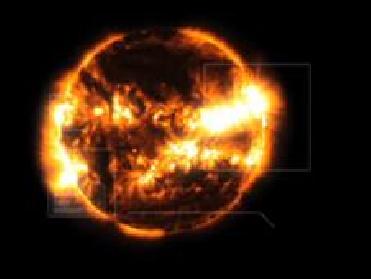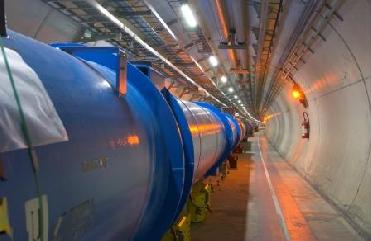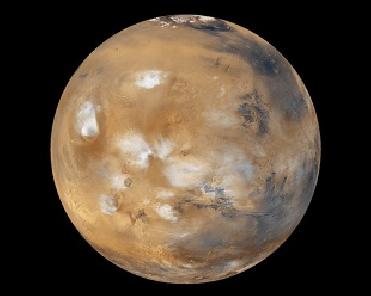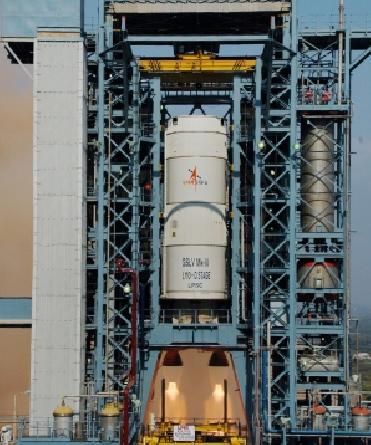
Image of the Sun with solar storms. Photo credit: NASA
WASHINGTON (BNS): Scientists looking for details about �solar tsunami� � the powerful explosions from sun known as coronal mass ejections (CMEs) � can now examine the phenomena from a closer distance and predict how they could affect our Earth.
NASA�s twin Solar Terrestrial Relations Observatory (STEREO) spacecraft has provided scientists with their first view of the speed, trajectory, and three-dimensional shape of the CMEs. The images will help scientists in predicting if and how solar tsunamis could affect our Earth, the US space agency said.
When directed toward our planet, these ejections can be breathtakingly beautiful and yet potentially damaging worldwide. The brightly colored phenomena known as auroras � popularly known as Northern or Southern Lights � are examples of Earth's upper atmosphere harmlessly being disturbed by a CME. However, the ejections can produce a form of solar cosmic rays that can be hazardous to spacecraft, astronauts and technology on Earth.
Space weather causes disturbances in the Earth�s electromagnetic fields by inducing extreme currents in wires, disrupting power lines and causing wide-spread blackouts. The sun storms can interfere with communications between ground controllers and satellites and with airplane pilots flying near Earth's poles. Radio noise from the storm can also disrupt cell phone services.
The images taken by STEREO will enable scientists study the solar ejections in a detailed manner. Using three-dimensional observations, solar physicists can examine a CME's structure, velocity, mass, and direction in the corona while tracking it through interplanetary space, NASA said. These measurements can help them determine when a CME will reach the Earth and predict how much energy it will deliver to our magnetosphere, which is the Earth's protective magnetic shield.
Launched in October 2006, STEREO's nearly identical observatories can make simultaneous observations of these ejections of plasma and magnetic energy that originate from the sun's outer atmosphere, or corona. The spacecraft are stationed at different vantage points. One leads Earth in its orbit around the sun, while the other trails the planet, the space agency said.
�Before this unique mission, measurements and the subsequent data of a CME observed near the sun had to wait until the ejections arrived at Earth three to seven days later,� said Angelos Vourlidas, a solar physicist at the Naval Research Laboratory in Washington. �Now we can see a CME from the time it leaves the solar surface until it reaches Earth, and we can reconstruct the event in 3D directly from the images,� he added.
STEREO is part of NASA's Solar Terrestrial Probes Programme which seeks to understand the fundamental physical processes of the space environment from the sun to Earth and other planets.
 Previous Article
Previous Article












The Indian Air Force, in its flight trials evaluation report submitted before the Defence Ministry l..
view articleAn insight into the Medium Multi-Role Combat Aircraft competition...
view articleSky enthusiasts can now spot the International Space Station (ISS) commanded by Indian-American astr..
view article